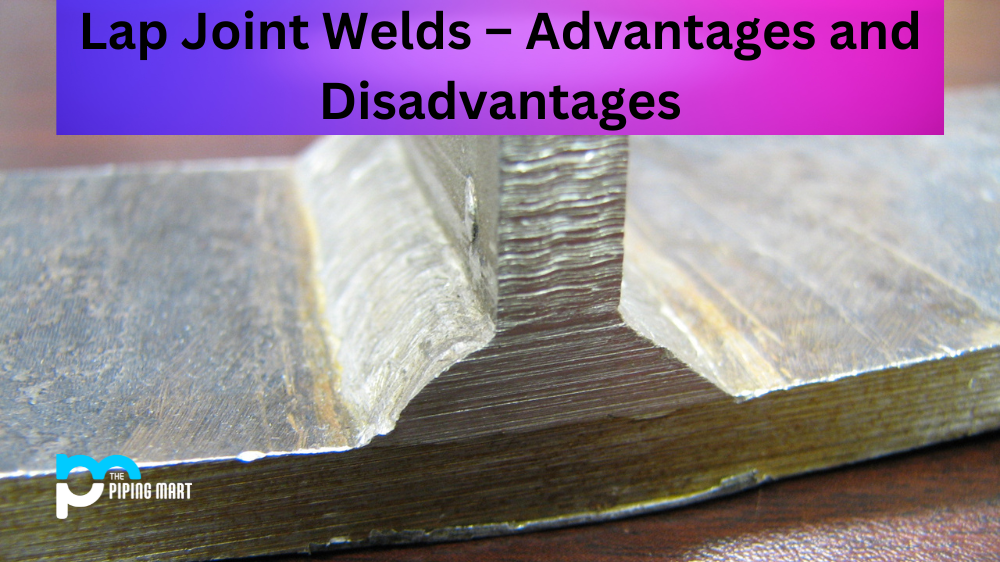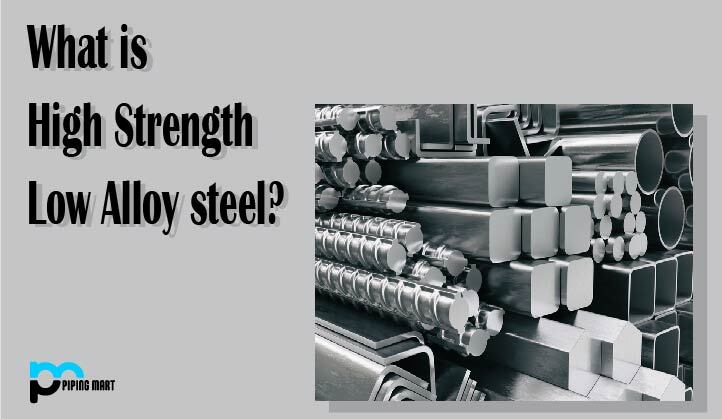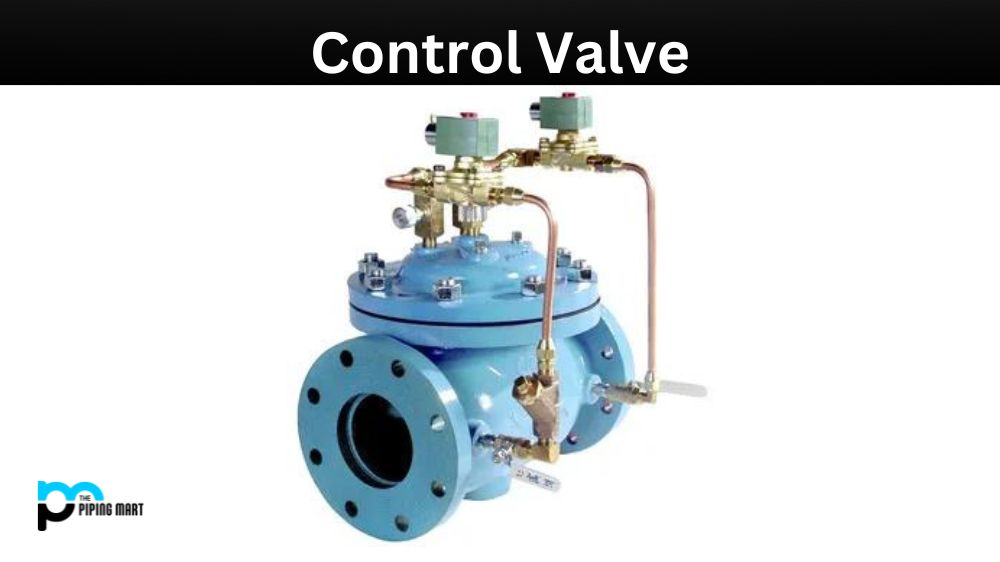A lap joint weld is a type of welding process that is used in various applications. It’s important to understand the advantages and disadvantages of this process before deciding if it’s the right option for your project. Let’s take a look at some of the pros and cons associated with lap joint welds.
Advantages of Lap Joint Welding
When done correctly, a lap joint weld has great strength and can be used to join two materials together permanently. Since it does not require any additional support, it is a cost-effective solution for many projects. Additionally, lap joint welds are relatively easy to create and do not require specialized tools or complex techniques. Because of this, they are often used in do-it-yourself projects by novice welders who want to save money without sacrificing quality.
Stronger than Butt Joints
Lap joints are significantly stronger than butt joints, which are the most common type of joint used in welding. This is because lap joints allow for more weld material to be used, resulting in a stronger joint.
More Aesthetically Pleasing
Lap joints also tend to be more aesthetically pleasing than butt joints, as they produce a cleaner-looking weld. This is due to the fact that lap joints allow for more even distribution of weld material.
Easier to Perform
Lap joints are also generally easier to perform than butt joints, as they do not require as much precision. This is because the two pieces of metal being joined do not need to line up perfectly in order for the joint to be successful.
More Flexible
Lap joints are also more flexible than butt joints, which means that they can accommodate slight misalignments between the two pieces of metal being joined. This can be beneficial in situations where the alignment of the two pieces is not perfect.
Can Be Used with Dissimilar Metals
Lap joints can also be used to join dissimilar metals, which is not possible with butt joints. This can be beneficial in situations where it is necessary to join two different types of metal.
Disadvantages of Lap Joint Welding
One downside to lap joint welds is that they are not as strong as some other types of welding processes. Also, because there is no backing material behind the joint, it can be difficult to determine if it was done correctly since there’s nothing to verify its strength or stability. Finally, due to their design, lap joint welds tend to be more prone to corrosion than other welding methods since they have open edges that can easily collect moisture or debris over time.
Limited Strength
One of the primary disadvantages of lap joint welds is that they tend to be weaker than other types of welds. This is due to the fact that lap joint welds only join two pieces of metal at a single point rather than joining them along their entire length. As a result, lap joint welds are not as strong as other types of welds and are more likely to fail under high levels of stress.
Limited Applications
Another disadvantage of lap joint welds is that they have limited applications. This is because lap joint welds are not well suited for joining thick pieces of metal together. Additionally, lap joint welds are not typically used in structural applications where high levels of strength are required.
Difficult to Inspect
Another disadvantage of lap joint welds is that they can be difficult to inspect. This is because it can be difficult to get a good view of the inside of a lap joint weld, making it difficult to identify any imperfections or defects that may be present. Additionally, lap joint welds are often located in hard-to-reach areas, making them difficult to inspect without special equipment.
Prone to Leaks
Lap joint welds are also prone to leaks. This is due to the fact that there is often a small gap between the two pieces of metal being joined together at the lap joint. This gap can allow fluids or gases to escape, which can lead to leaks. Additionally, the gap between the two pieces of metal can also allow moisture or other contaminants to enter, which can cause corrosion or other problems.
Time-Consuming
Finally, another disadvantage of lap joint welds is that they can be time-consuming to create. This is because each lap joint weld must be created individually, which can add significant time to the overall welding process. Additionally, lap joint welds often require special equipment and training to create, which can further add to the overall cost and time required
Conclusion:
It’s important for anyone considering using a lap joint weld for their project to weigh the advantages and disadvantages carefully before making a decision. While these types of joints offer great strength when done correctly, they also present certain risks that must be taken into account before proceeding with the project. For those willing to take on the challenge, though, a well-executed lap joint weld can provide an effective solution for joining two materials together permanently without breaking the bank. Aspiring DIYers should definitely consider adding this technique to their repertoire!

A passionate metal industry expert and blogger. With over 5 years of experience in the field, Palak brings a wealth of knowledge and insight to her writing. Whether discussing the latest trends in the metal industry or sharing tips, she is dedicated to helping others succeed in the metal industry.




